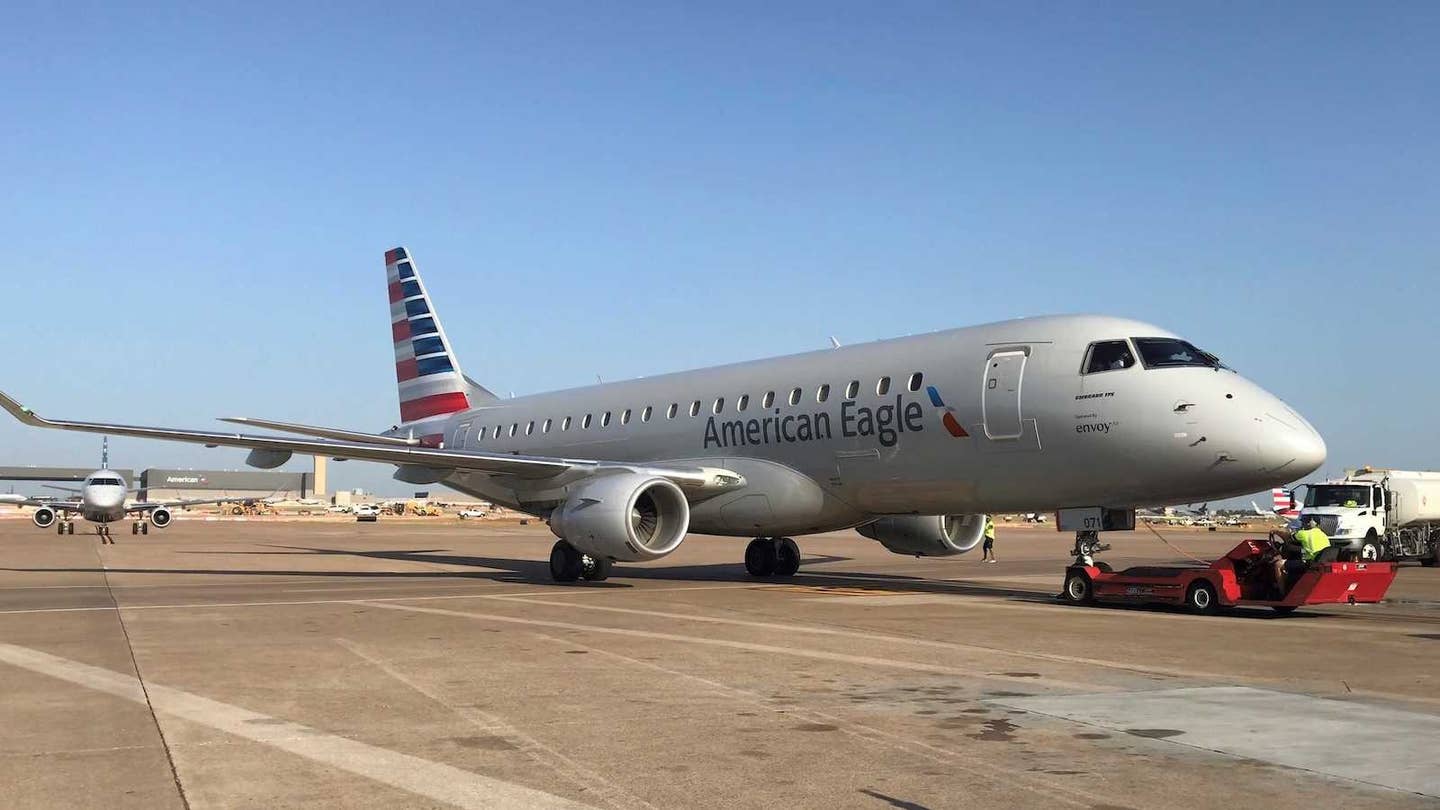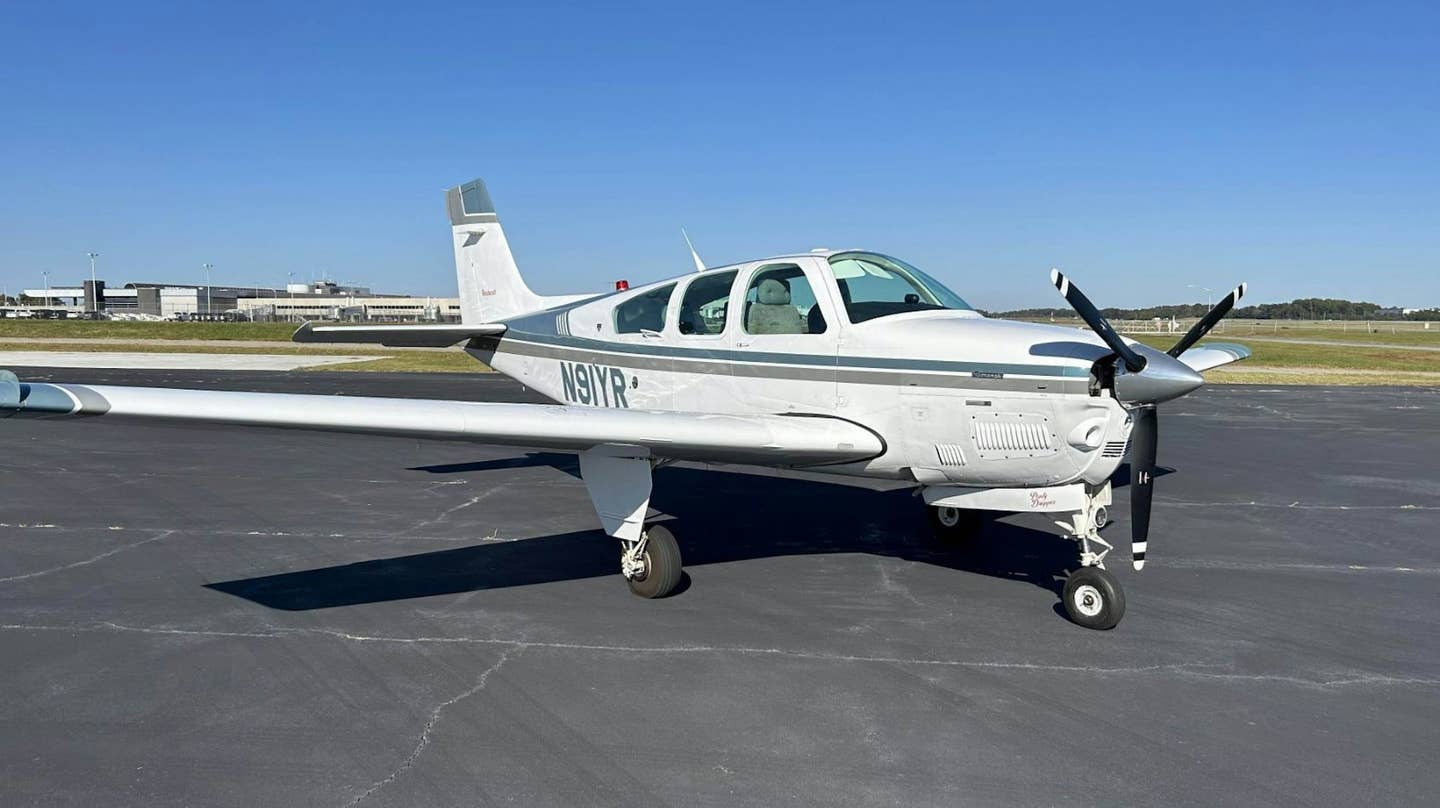
** The author’s original Melmoth in 1973: a group of
youthful infatuations flying in close formation.**
As a young boy I loved airplanes. It was in the late '40s and early '50s, the era when jets were replacing props. Except for the Douglas Skyraider (a great, homely, radial-engine, taildragging behemoth later to be a favorite of some pilots in Vietnam because it could shrug off so much punishment), the airplanes I sighed over were jets. I don't know if it was my first plastic model, but it may well have been, because I remember the agony of impatience in which I accompanied my mother and grandmother on an interminable visit to the May Co. on Wilshire Boulevard in Los Angeles while a newly purchased kit for a P-80 Shooting Star waited beside me on the back seat of my grandfather's '51 Chevrolet. The taupe fabric of those seats felt as if it could give you rug burn.
Silver paint, it turned out, was hard for a young kid to apply convincingly — not that I had done too elegant a job of gluing the parts together in the first place. But no matter. It was probably from that airplane, or from the similar but less graceful F-94, that I contracted the fondness for tip tanks that lurked in me undetected until I started designing my own planes years later. There they were again, for no reason other than that some fighter of the Korean War era with an excessively thirsty turbojet engine had had them.
In like manner, my Melmoth's single cooling air intake, placed below a big spinner, probably reflected a similar crush, nourished unconsciously since childhood, on the F-86D. Other models of the -86 had a round air intake with a small visorlike extension on top, like the headlights of the next car my family bought, a cream and turquoise '55 Chevy Bel Air that my mother, who was given to anthropomorphizing the objects around her, christened Happy. But the -D model had a parabolic radome on the nose and a beautifully sculpted intake beneath it; it was arresting in a way I can't explain to myself even now. An early sketch of a cowling design for Melmoth shows a combination of spinner and intake whose affinity to the -86D is more evident than the final version's is; the smaller air requirements of a reciprocating engine forced me to shrink the inlet to the point that all trace of its ancestry vanished.
Is that too far back to go? Not really, because for me the design of an airplane was a series of aesthetic choices. When I sketched a detail I was creating a personality, not recording the outcome of a rational calculation.
This is not how airplanes are supposed to be designed. Any book on the subject will tell you how it's really done. You begin with a specification, which is basically a description of what the airplane is supposed to do. From the payload the airplane is intended to carry and the speed it is expected to attain, a rough guess at the necessary engine power follows, along with an estimate of the likely total weight, which you base on past experience and comparable existing airplanes. Realism and optimism are always battling for the upper hand. You have to think you will be able to better what has been done before; otherwise why design yet another airplane?
The size of the wing is arrived at by first specifying a desired landing distance. This in turn — assuming you will be using conventional brakes — implies a maximum landing speed. Now, the lifting ability of a given wing at a given speed is limited by certain physical laws. You can raise the limit by adding big, complicated flaps, like the marvelous ones that emerged from the wings of the Boeing 727, but they add to the weight, complexity, cost and difficulty of construction. So you first make a tentative decision about how sophisticated your wing is going to be, and that leads, by way of the maximum lift coefficient, which you look up in a book, to a wing loading. Dividing the gross weight by the wing loading gives you the wing area.
The shape and positions of the wing and stabilizing surfaces, the placement of engines, pilot and passengers, the choice of skin gauges and the spacing of stiffeners and spars all emerge from a similarly rigorous, coolheaded balancing-out of competing values and demands. Always, and above all, lightness dominates the designer's thoughts. Again and again the estimate of the total or "gross" weight is refined by tabulating all the items in the airplane and its payload, and the original estimates of power and size are adjusted to suit.
But I was never that designer.
At 20 I was spending an idle year out of college when I made a clay half-model of a single-engine airplane similar to a P-40. I meditated a great deal on whether or not its fuselage could be formed of a single sheet of metal — a silly question, since even if it were possible there would be no point in doing it. By that time my father's idea of our flying around the world in two Piper Comanches had been dropped for lack of a sponsor, and we had papered the walls of a room with the huge pale blue Oceanic Navigation Charts that we would never use. But a residue of romantic ideas about long-range flying stayed with me.
Back at Harvard after two years away, I roomed with a Boston-born fellow named Bob Smith. Bob had taken a year off too, living across the Charles in a seedy apartment so faintly heated that when he would awaken on winter mornings there would be a crust of ice in the toilet. My high school friend Tom Houston, then a junior in Eliot House, moved in with us for a while and slept on the living room couch. During the spring term I built a model of an airplane, a relative of the clay half-model but made of file-folder paper at one-tenth scale. It had tip tanks, a single air inlet, and the "cranked" inverted gull wing and aft cockpit placement of the Vought Corsair. On a big piece of poster paper I made a perspective drawing of it diving toward the viewer; Tom added a terrified Third Worldish figure running away. In those days we did not pause to reflect upon the moral overtones of our iconography. One day we took the model to the stadium across the river and launched it outward over the grass from the second tier of seats. It crashed immediately.
Tom majored in classics. He had been a skilled cartoonist at Loyola High, and very funny. Once we collaborated on a Latinization of "On Top of Old Smoky." I had done five years of Latin, but Tom was much quicker than I and came up with all the words while I watched. The first two stanzas went (serious Latinists, hold your noses!):
_Super nivos' atque / Vetus fumibund' / Amicam perdidi / Amando tarde. / _
_Nam dulce'st amare / Sed non __reliqui / Et peior quam fur est / Ingratus amor._
This piece of doggerel has stayed with me for 50 years when so many better things are lost.
One day I went down Mass Avenue to MIT and visited Otto Koppen, a professor of aeronautical engineering, ex of Vought, who had participated in the design of the Corsair. He frowned at the inverted gull wings, for which I felt a visceral admiration but could provide no rational excuse. The Corsair's, he said, had given no end of trouble, both because of the extreme complexity of their construction and because the wing tended to stall prematurely in the bend. Alas! An icon of imagined coolness bites the dust!
You know those line drawings in which a bunch of monkeys are camouflaged among the trees and children are asked: "How many monkeys can you find?" Amateur-designed airplanes are like that. But when you look at them don't look for monkeys. Look for the lingering infatuations of a 9-year-old.
Get online content like this delivered straight to your inbox by signing up for our free enewsletter.
We welcome your comments on flyingmag.com. In order to maintain a respectful environment, we ask that all comments be on-topic, respectful and spam-free. All comments made here are public and may be republished by Flying.

Sign-up for newsletters & special offers!
Get the latest FLYING stories & special offers delivered directly to your inbox






